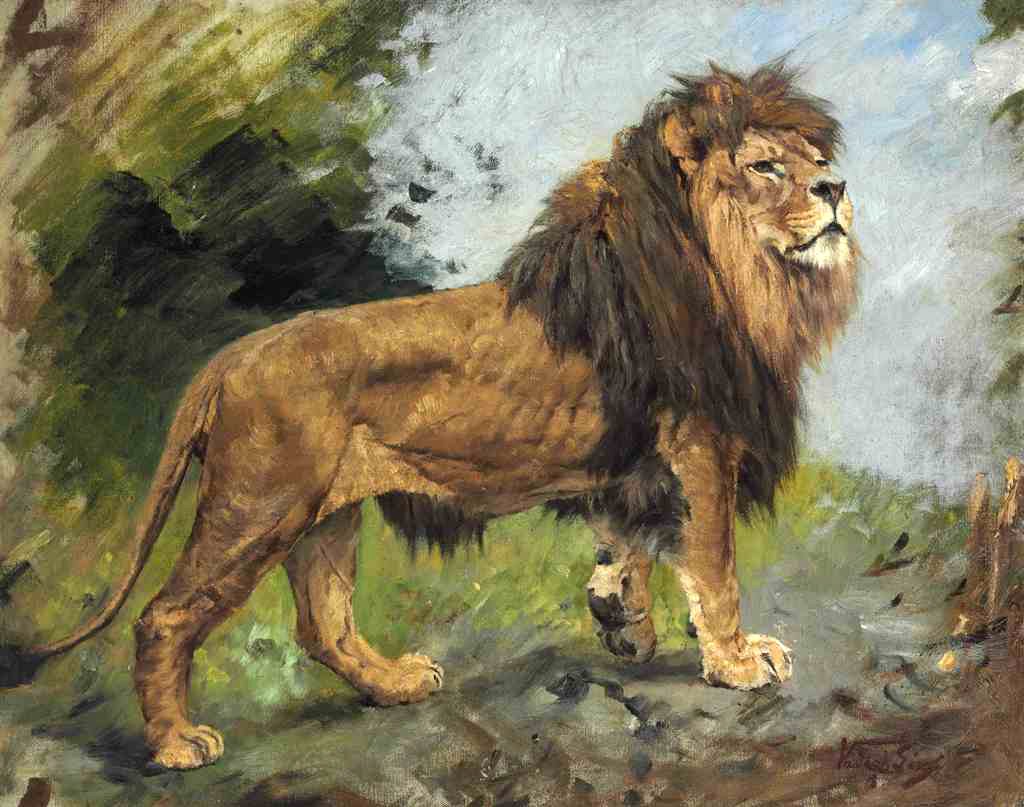



These books are based upon Gurney's blog posts, in which he gives practical advice to realist and fantasy artists. Most recently, he has written two art-instruction books: Imaginative Realism: How to Paint What Doesn't Exist (2009), a book about drawing and painting things that do not exist and Color and Light: A Guide for the Realist Painter (2010). Original artwork by Gurney from the Dinotopia books has been exhibited at the National Museum of Natural History of the Smithsonian Institution, the Norman Rockwell Museum, the Royal Tyrrell Museum and is currently on tour to museums throughout the United States and Europe. Sequels of Dinotopia that are both written and illustrated by Gurney include Dinotopia: The World Beneath (1995), Dinotopia: First Flight (1999), and Dinotopia: Journey to Chandara (2007). It sold over a million copies and was translated into 18 languages. The book made The New York Times Bestseller List, and won Hugo, World Fantasy, Chesley, Spectrum, and Colorado Children's Book awards. With the encouragement of retired publishers Ian and Betty Ballantine, he discontinued his freelance work and committed two years' time to writing and illustrating Dinotopia: A Land Apart from Time, published in 1992. The inspiration that came from researching these archaeological reconstructions led to a series of lost-world panoramas, including Waterfall City (1988) and Dinosaur Parade (1989). Starting in 1983, he began work on over a dozen assignments for National Geographic magazine, including reconstructions of the ancient Moche, Kushite, and Etruscan civilizations, and the Jason and Ulysses voyages for Tim Severin. Postal Service, most notably The World of Dinosaurs in 1996. He painted more than 70 covers for science fiction and fantasy paperback novels, and he created several stamp designs for the U.S. Gurney's freelance illustration career began in the 1980s, during which time he developed his characteristic realistic renderings of fantastic scenes, painted in oil using methods similar to the academic realists and Golden Age illustrators.

Gurney and Kinkade also worked as painters of background scenes for the animated film Fire and Ice (1983), co-produced by Ralph Bakshi and Frank Frazetta. Prompted by a cross-country adventure on freight trains, he and Thomas Kinkade coauthored The Artist's Guide to Sketching in 1982.


 0 kommentar(er)
0 kommentar(er)
